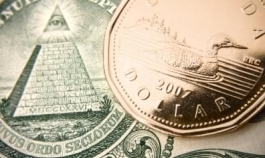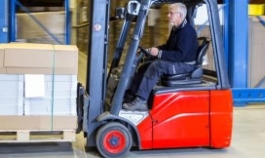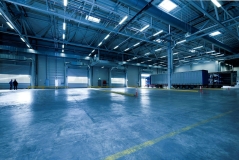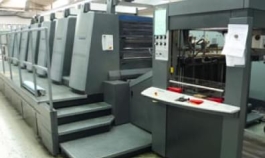
Canam was founded in 1986. Since then, we have grown to become a leading provider of auction, appraisal and liquidation services to banks, lenders, financial institutions and private companies. We distinguish ourselves from our competitors by our vast knowledge of every major industrial segment, our attention to detail and our commitment to providing the best customer service in the auction and appraisal industry.
Canam’s head office, its 20,000-square-foot indoor storage facility, and its two acres of secure outdoor space are designed to facilitate large-scale auctions and liquidations. We continue to enhance our services by incorporating the latest in auction technologies and appraisal methods. Our auction marketing campaigns encompass both traditional media and online platforms. Mailing lists and various other social media marketing techniques are just some of the tools we use to keep our clients up-to-date and informed.
Canam employs a number of different sales models, from Outright Purchase or Cash Purchase and Net Minimum Guarantees to Straight Commission Sales, depending on the project and each client's specific requirements. Due in no small part to our extensive pre-sale preparation and marketing efforts, auction revenues often exceed projections.
How Is Fair Value Determined?
Physical deterioration – An appraiser will review the piece of equipment, taking note of its physical condition. The adage about never judging a book by its cover applies well to machinery appraisals. Even if the piece of equipment looks old and shows visible wear and tear, this is not necessarily an indication of low value. Appraisers will typically review maintenance records and serial numbers before making a value determination. Equipment that was well maintained or has spare parts on hand in the warehouse might therefore receive a higher value.
Replacement cost – An appraiser might gauge how much it would cost to purchase equivalent equipment, and then deduct from this cost based on the condition of the used equipment. When equipment is being appraised for insurance or the resale process, equipment values are often calculated in this manner.
Useful life – The appraiser may estimate the useful life of the machinery by reviewing its age, physical condition and depreciation. By consulting a chart showing the useful life of the particular object and deducting time for age and wear and tear, an appraiser can calculate the remaining years of “useful life” a given piece of oil and gas equipment might have.
Market approach – In a market-based approach to equipment valuations, appraisers look at recent sale prices of comparable equipment. While this is considered a highly reliable way to value machinery, the method only works when equipment similar to that in question was recently sold, is comparable in condition and value, and was sold in a similar manner and location.
Canam’s appraisers will typically employ one or more of these methods to determine the value of a piece of oil field equipment. The appraisal report should list which method was used, explain the criteria under which the fair value was determined, and provide additional photos and evidence used to support these conclusions.
Contact us for your next project, and experience the Canam Difference.











